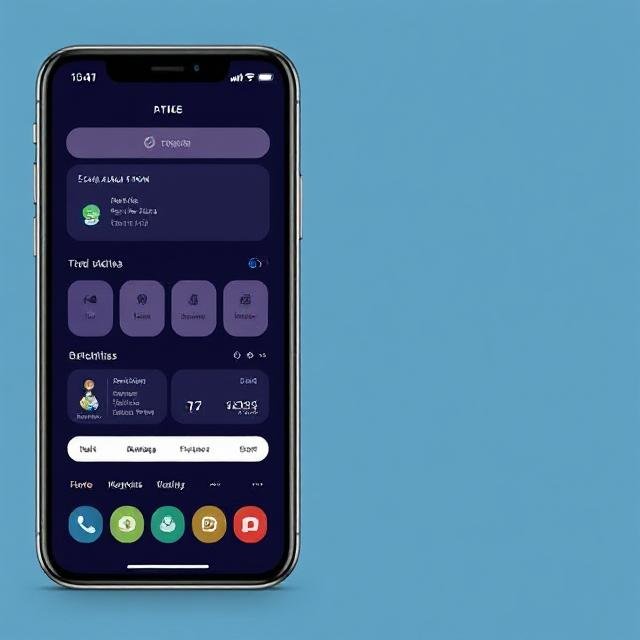How to Protect Your Data and Prevent a Breach 2025

How to Protect Your Data and Prevent a Breach 2025

What is a Data Breach?
A data breach occurs when unauthorized individuals gain access to sensitive, confidential, or personal information. This stolen data can include names, email addresses, passwords, credit card numbers, or other private details. For businesses, a data breach can damage customer trust, harm your reputation, and lead to significant financial losses.
Why Should You Care About Data Breaches?
Data breaches are more than just a cybersecurity issue—they’re a serious threat to your business and customers. Here’s why they matter:
- Financial Losses: Recovering from a breach can be expensive, with costs including investigations, fines, and legal fees.
- Loss of Trust: Customers may lose confidence in your ability to protect their data, leading to lost business.
- Regulatory Penalties: Many industries have strict data protection laws (like GDPR or CCPA), and non-compliance can result in hefty fines.
- Reputation Damage: A single breach can tarnish your brand’s image, making it difficult to regain customer loyalty.
Preventing data breaches isn’t just about protecting data—it’s about safeguarding your business’s future.
1. Use Strong, Unique Passwords
Create long, complex passwords that include a mix of letters, numbers, and symbols. Avoid using the same password across multiple accounts—hackers often exploit this habit. Consider using a password manager to keep track of your credentials securely.
2. Keep Software Updated
Regularly update your computer programs, apps, and operating systems. Updates often include patches for security vulnerabilities that hackers could exploit. Enable automatic updates whenever possible to stay protected without manual effort.
3. Train Your Employees
Educate your team on cybersecurity best practices. Teach them how to spot phishing emails, avoid suspicious links, and handle sensitive data responsibly. Human error is a leading cause of data breaches, so well-trained employees are your first line of defense.
4. Encrypt Sensitive Data
Encryption scrambles your data so only those with the correct decryption key can access it. Use encryption for sensitive information stored on devices or transmitted over networks to protect it from unauthorized access.
5. Limit Access to Data
Not everyone needs access to all your data. Implement role-based access controls to ensure employees only have access to the information necessary for their job. This minimizes the risk of accidental or intentional exposure.
6. Create Regular Backups
Regularly back up your important data and store it in a secure location, such as an external drive or cloud service. In the event of a breach, ransomware attack, or hardware failure, backups ensure you can recover your critical information.
7. Use a Firewall
A firewall acts as a protective barrier between your network and potential threats. It blocks unauthorized access and filters out malicious traffic. Always keep your firewall enabled to safeguard your system.
8. Be Cautious with Emails
Many data breaches start with a phishing email. Avoid opening emails or attachments from unknown senders, and never click on links unless you’re certain they’re safe. Double-check suspicious emails by contacting the sender directly through official channels.
9. Secure Your Wi-Fi Network
Protect your Wi-Fi with a strong, unique password. Avoid using the default password that comes with your router, and change it regularly. For added security, consider hiding your network name (SSID) and using WPA3 encryption if available.
10. Develop an Incident Response Plan
Prepare for the worst by creating a clear plan to respond to a data breach. Identify who to contact, outline steps to contain the breach, and establish a recovery process. Conduct regular drills to ensure everyone knows what to do in case of an intrusion.
How Often Should Security Be Checked?
Security isn’t a one-time task—it requires regular attention. Review your security measures at least once a month to ensure they’re up to date. Cyber threats are constantly evolving, so staying informed about the latest protection methods is essential to keeping your data safe.
Can Small Businesses Be Targets for Data Breaches?
Absolutely. In fact, small businesses are often prime targets for hackers. Why? Because many attackers assume smaller companies have weaker security systems compared to larger enterprises. Regardless of your business size, it’s critical to prioritize cybersecurity and ensure you’re prepared to defend against potential threats.
What Tools Can Help Prevent Data Breaches?
There are numerous tools available to help safeguard your data. Here are a few key ones:
- Antivirus Software: Blocks malicious programs and detects threats before they cause harm.
- Password Managers: Help you create and store strong, unique passwords for all your accounts.
- VPNs (Virtual Private Networks): Encrypt your internet connection, keeping your online activity private and secure. By using these tools, you can significantly reduce the risk of a data breach and protect your sensitive information.
How Much Does It Cost to Prevent a Data Breach?
Investing in prevention may seem costly upfront, but it’s far more affordable than dealing with the aftermath of a breach. Think of it as an insurance policy for your data. The cost of prevention pales in comparison to the financial losses, reputational damage, and legal fees that can result from a breach. Protecting your business now is a smart and worthwhile investment.
Stay Safe and Secure
Data security is vital—it protects both your business and your customers. By taking proactive steps to prevent data breaches, you can stay ahead of emerging threats and minimize risks. Always remain vigilant, and don’t hesitate to consult a cybersecurity expert if you need guidance. They can help ensure your defenses are strong and your data remains safe.
Act Now—Don’t Wait Until It’s Too Late
The best time to start protecting your data is today . A single breach can have devastating consequences, but with the right precautions, you can keep your business secure and build trust with your customers. Start implementing these strategies now to safeguard your future.





